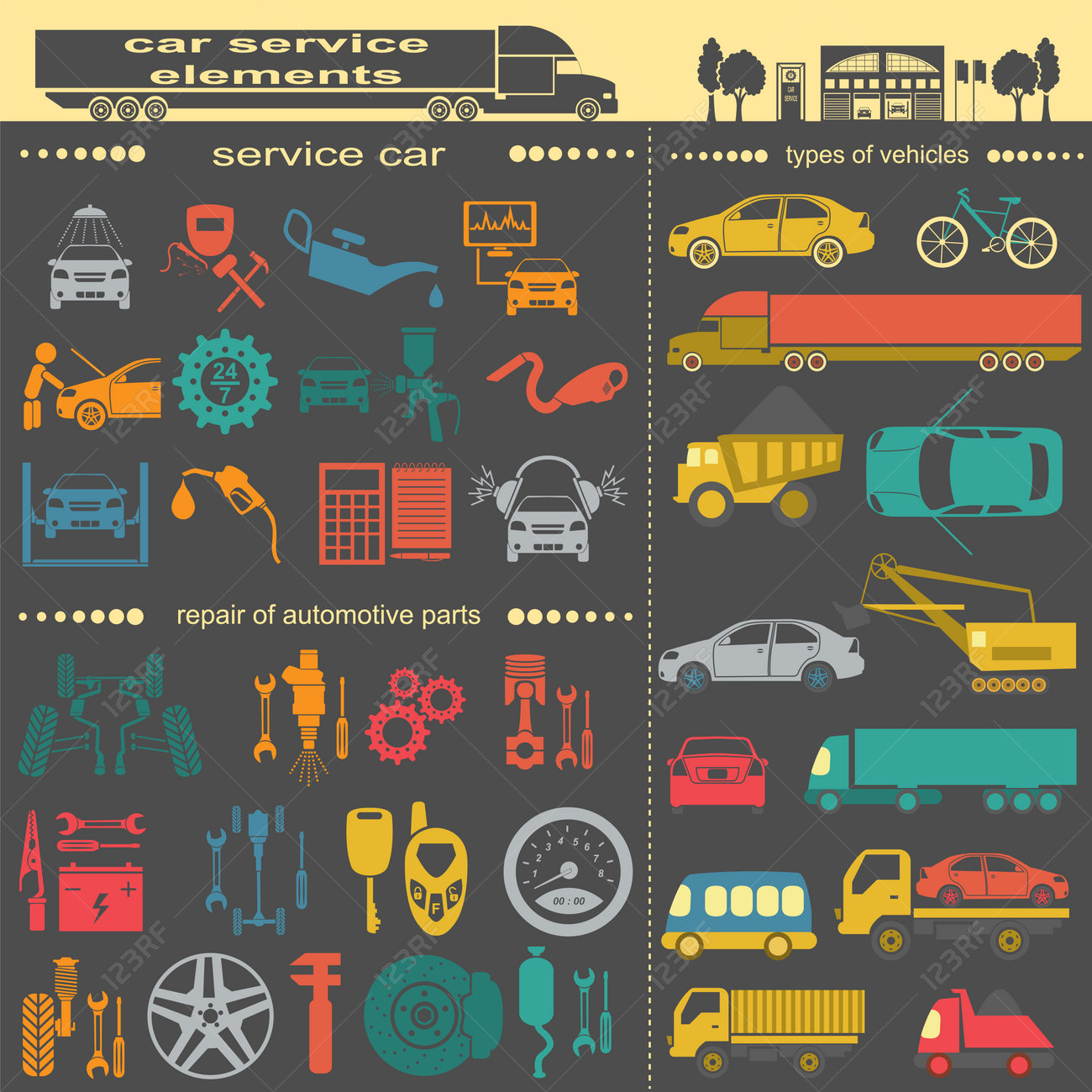Wondering Concerning The Significance Behind Those Dashboard Caution Lights? Gain Understandings Into Their Effects For Your Vehicle'S Safety And Security And Maintenance
Wondering Concerning The Significance Behind Those Dashboard Caution Lights? Gain Understandings Into Their Effects For Your Vehicle'S Safety And Security And Maintenance
Blog Article
Produced By-Lim Dalgaard
When you're behind the wheel, those beautiful warning lights on your dashboard can be a little bit bewildering. Do you know what they're attempting to tell you concerning your vehicle's health? Understanding the relevance of these lights is essential for your safety and the durability of your car. So, the following time among those lights pops up, would not you want to analyze its message properly and take the essential steps to address it?
Common Warning Lights and Interpretations
Determine usual caution lights in your automobile and recognize their significances to ensure safe driving.
One of the most typical caution lights include the check engine light, which signifies issues with the engine or discharges system. If this light begins, it's critical to have your automobile examined quickly.
Suggested Web page cautioning light indicates reduced oil stress, calling for instant focus to prevent engine damages.
A flashing battery light could recommend a defective charging system, potentially leaving you stranded otherwise dealt with.
The tire pressure surveillance system (TPMS) light notifies you to reduced tire pressure, affecting lorry security and fuel performance. Neglecting this can cause hazardous driving problems.
The abdominal muscle light shows a trouble with the anti-lock braking system, compromising your ability to stop promptly in emergency situations.
Finally, the coolant temperature advising light warns of engine overheating, which can cause extreme damages otherwise dealt with swiftly.
Understanding these usual warning lights will certainly help you address problems quickly and preserve safe driving conditions.
Relevance of Prompt Interest
Understanding the typical warning lights in your car is only the very first step; the relevance of immediately addressing these cautions can't be stressed enough to guarantee your security when traveling.
When a warning light illuminates on your control panel, it's your vehicle's way of communicating a prospective issue that requires attention. Ignoring these warnings can lead to extra severe troubles in the future, endangering your safety and security and potentially costing you more in repairs.
click the up coming article to alerting lights can prevent break downs and crashes. For instance, a flashing check engine light can suggest a misfire that, if left ignored, might create damage to the catalytic converter. Resolving this promptly can conserve you from an expensive repair work.
Likewise, a brake system cautioning light may signal low brake liquid or worn brake pads, critical parts for your safety when driving.
Do It Yourself Troubleshooting Tips
If you see a caution light on your control panel, there are a couple of do it yourself troubleshooting ideas you can attempt prior to looking for professional help.
The very first step is to consult your car's guidebook to understand what the details caution light shows. Sometimes the problem can be as basic as a loose gas cap causing the check engine light. Tightening up the gas cap may solve the issue.
Another common issue is a low battery, which can cause various alerting lights. Checking the battery links for rust and ensuring they're protected may deal with the issue.
If a warning light continues, you can attempt resetting it by disconnecting the vehicle's battery for a couple of minutes and afterwards reconnecting it. Additionally, checking your vehicle's liquid degrees, such as oil, coolant, and brake fluid, can assist troubleshoot cautioning lights related to these systems.
Final thought
To conclude, comprehending your cars and truck's warning lights is necessary for keeping your vehicle running efficiently and securely. By quickly attending to these signals and understanding what they imply, you can prevent expensive repair services and possible break downs.
Bear in mind to consult your auto's manual for specific information on each warning light and act appropriately to guarantee a hassle-free driving experience.
Stay notified, remain risk-free on the road!
